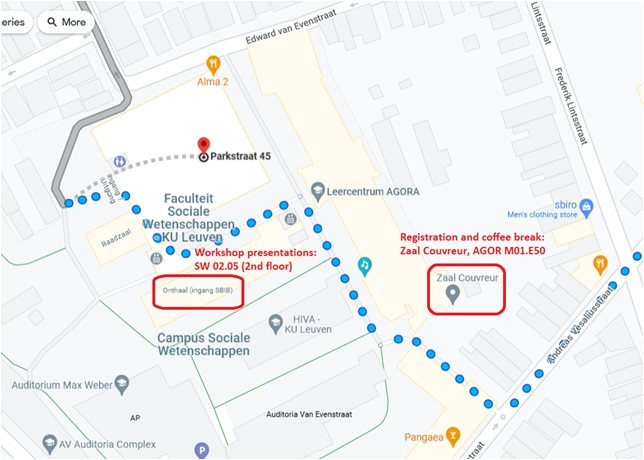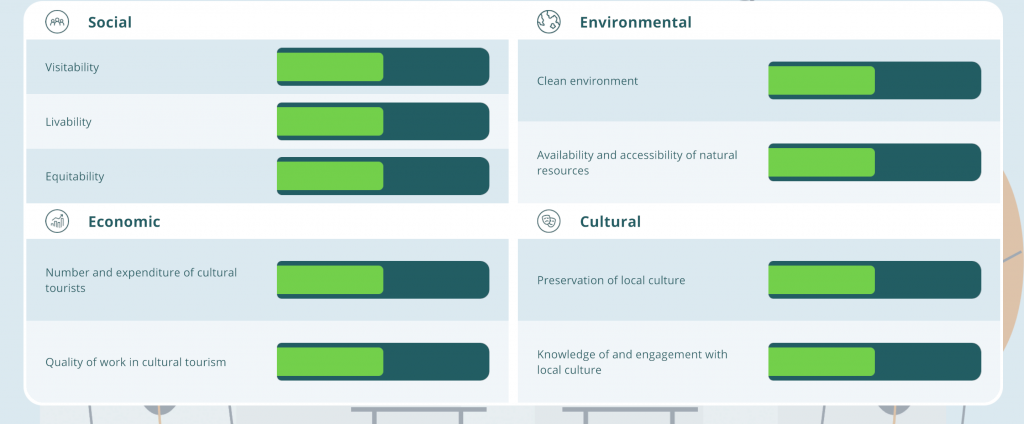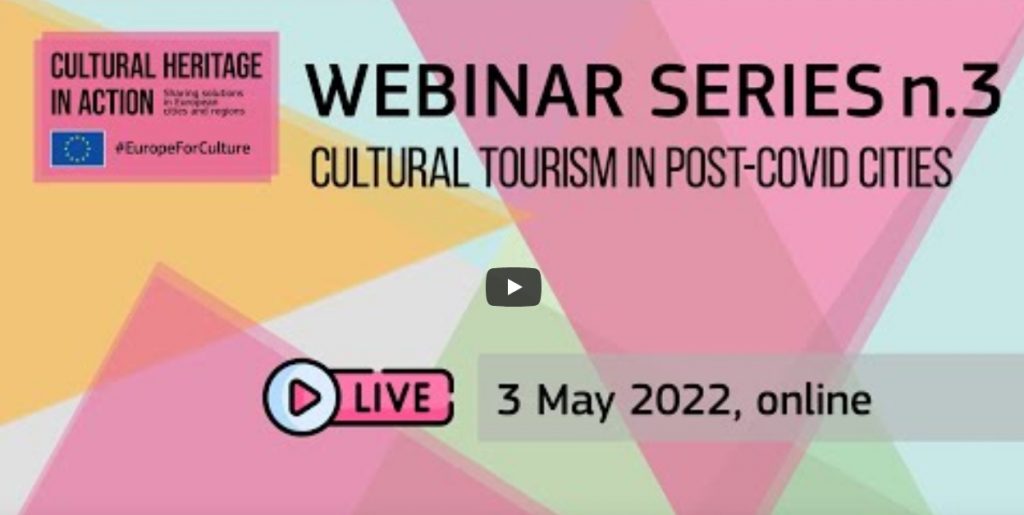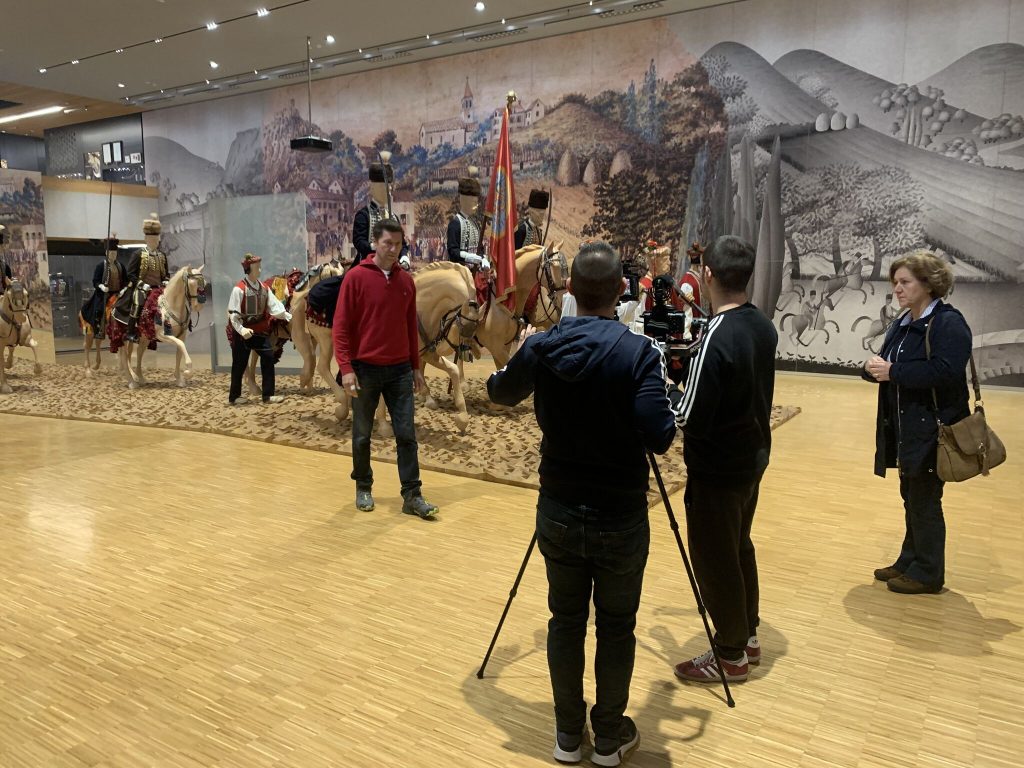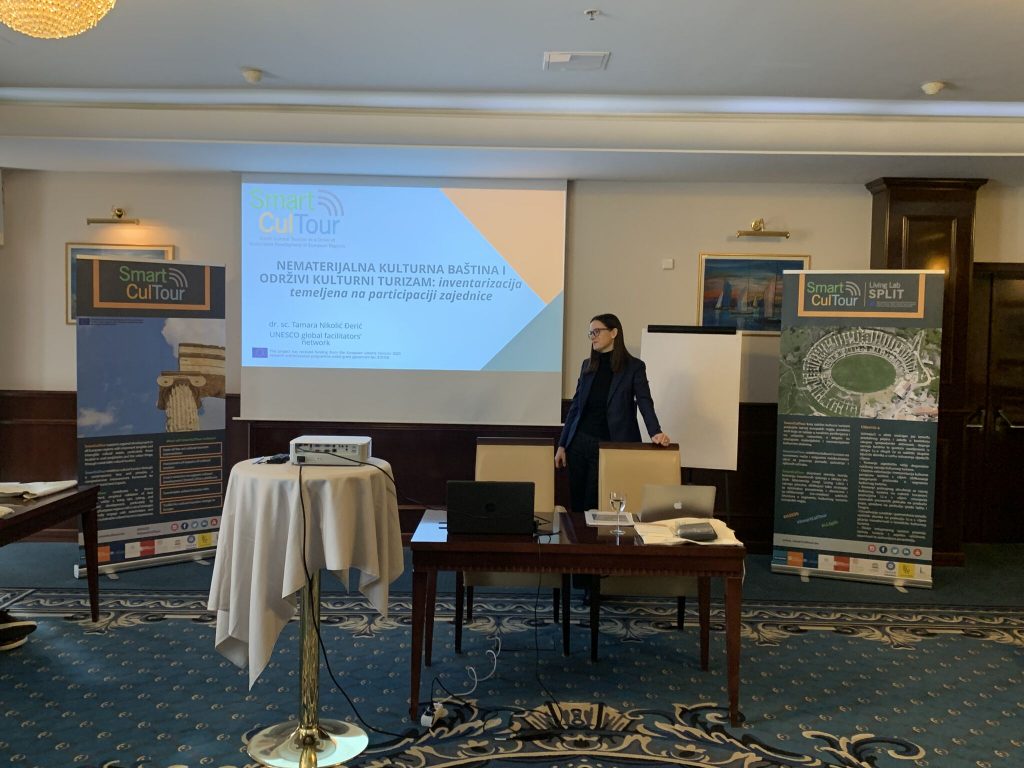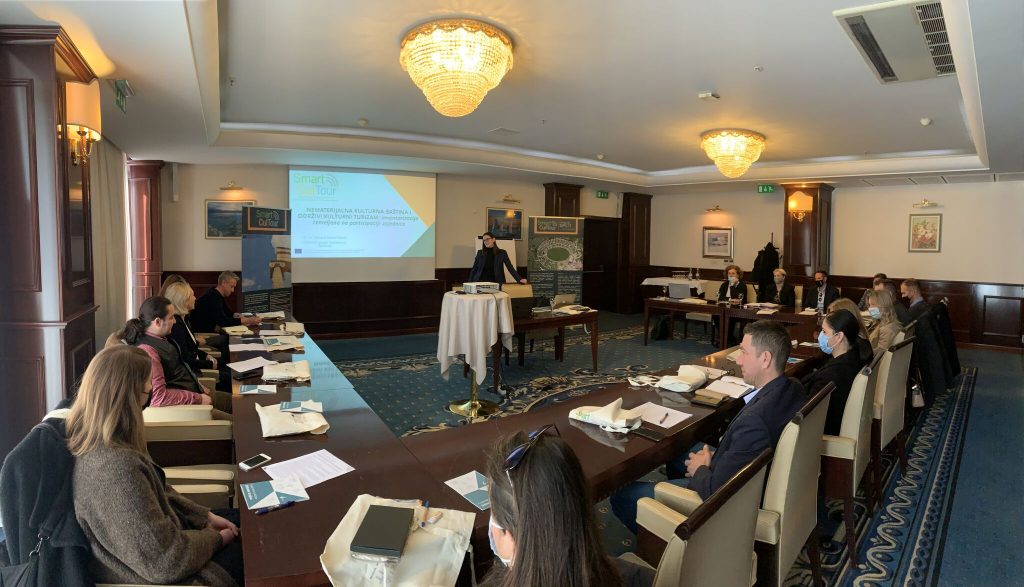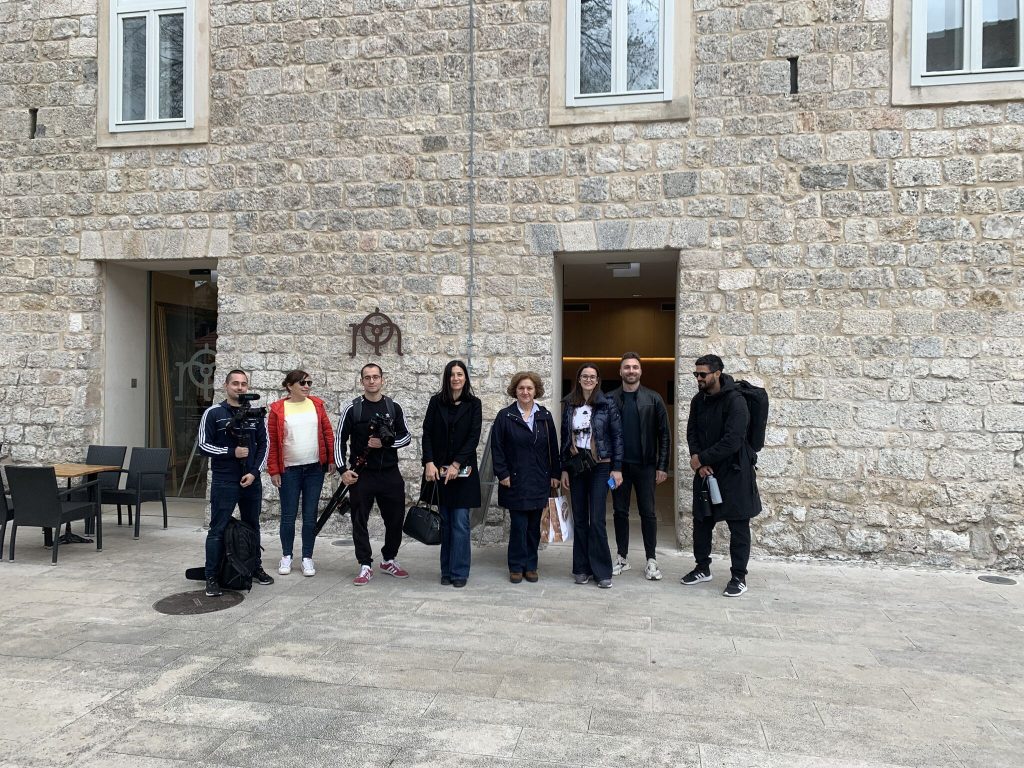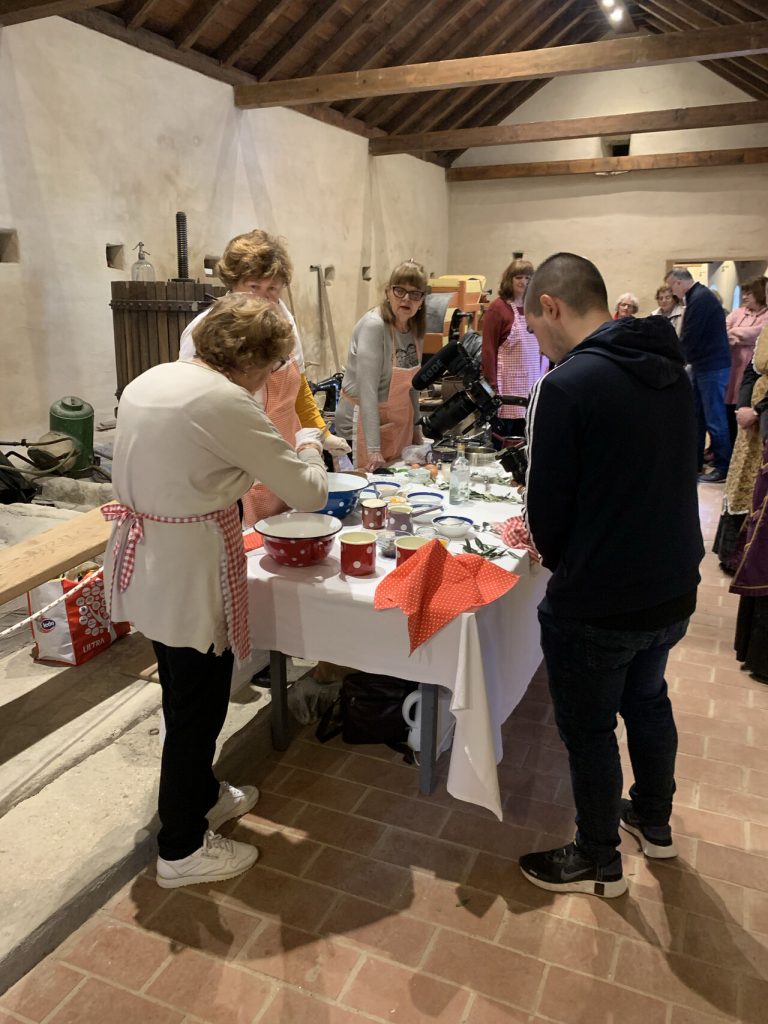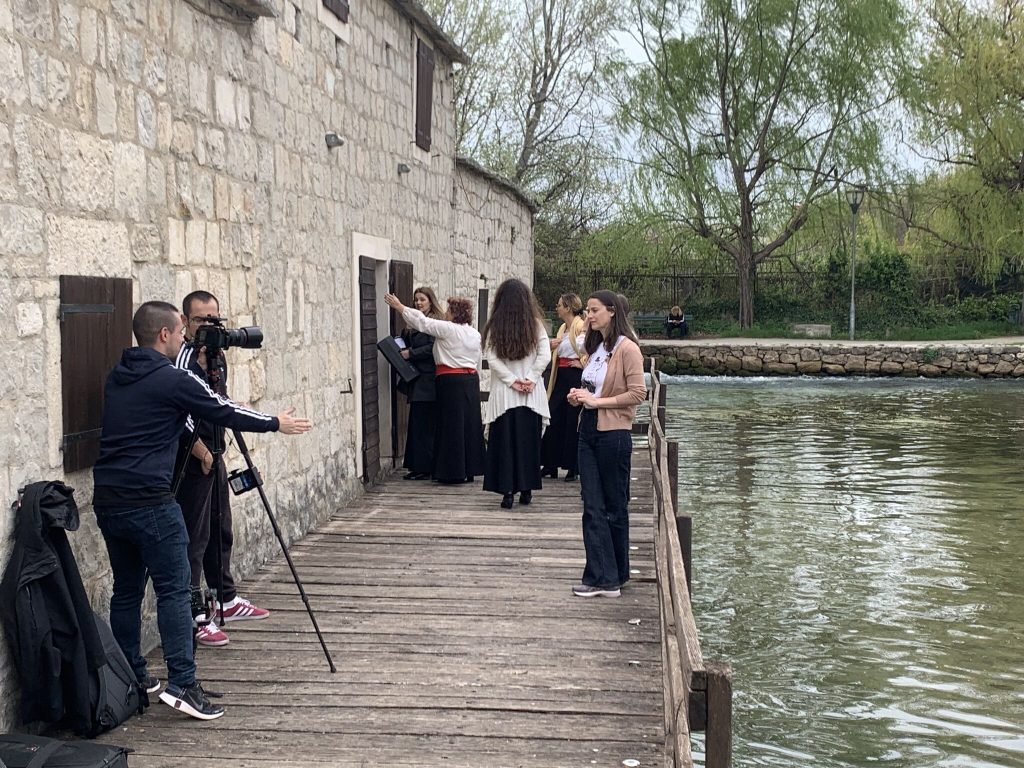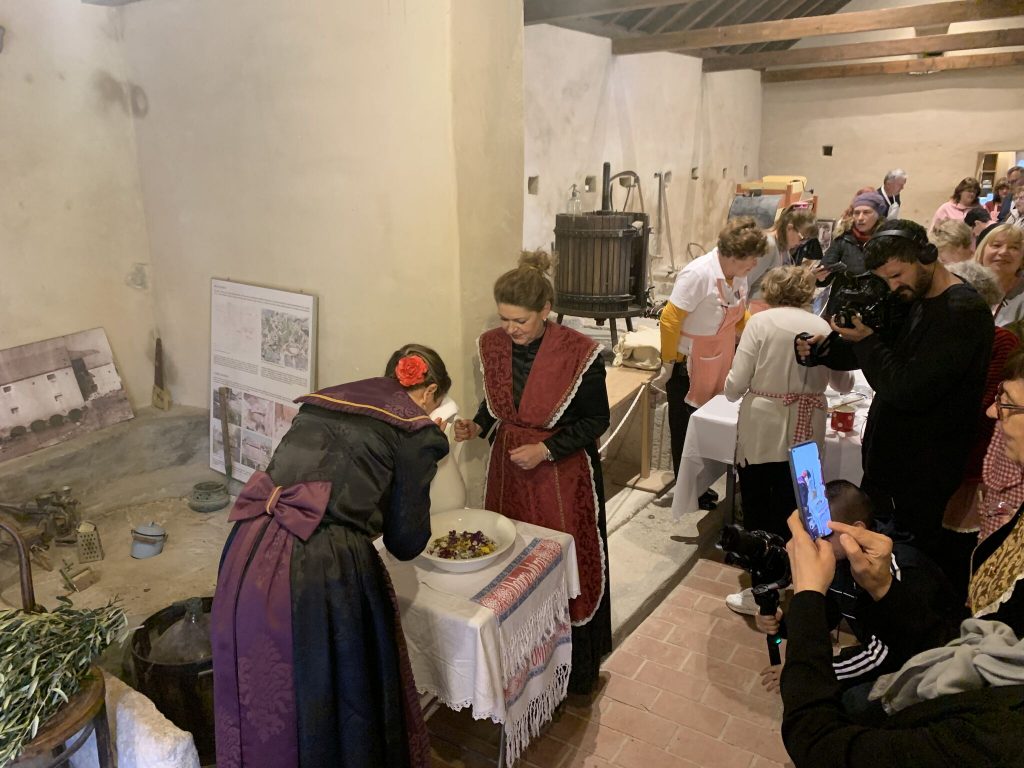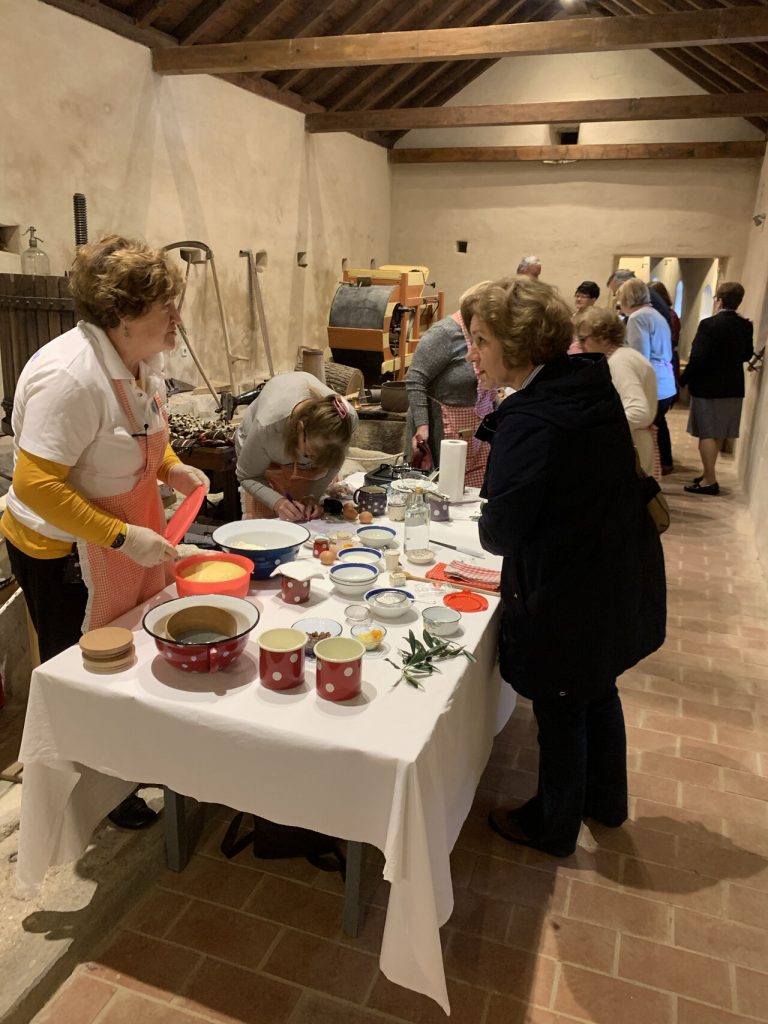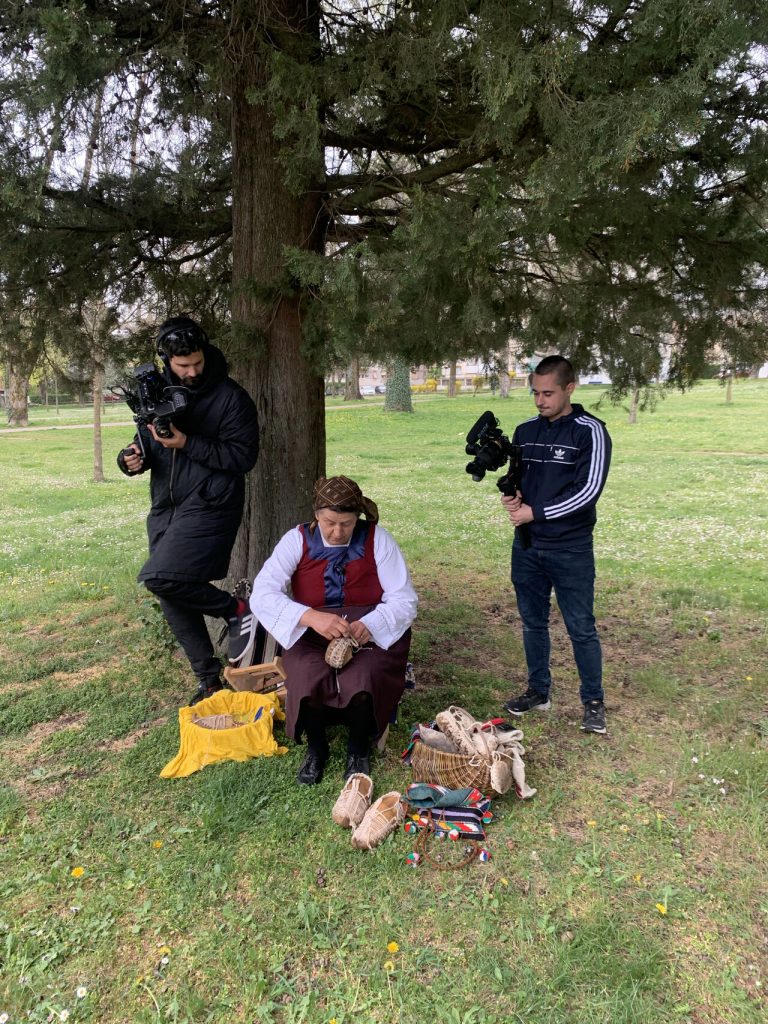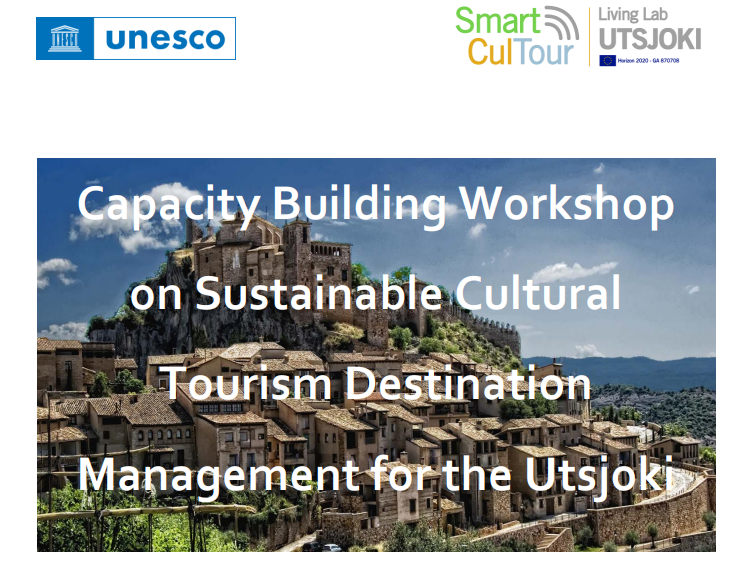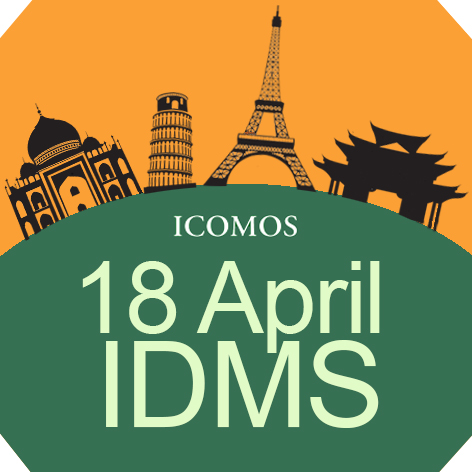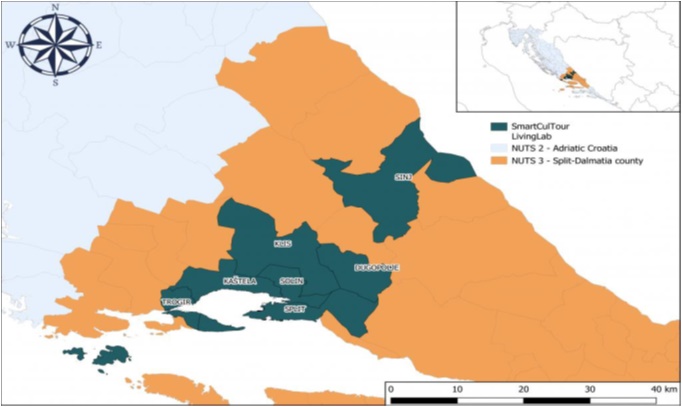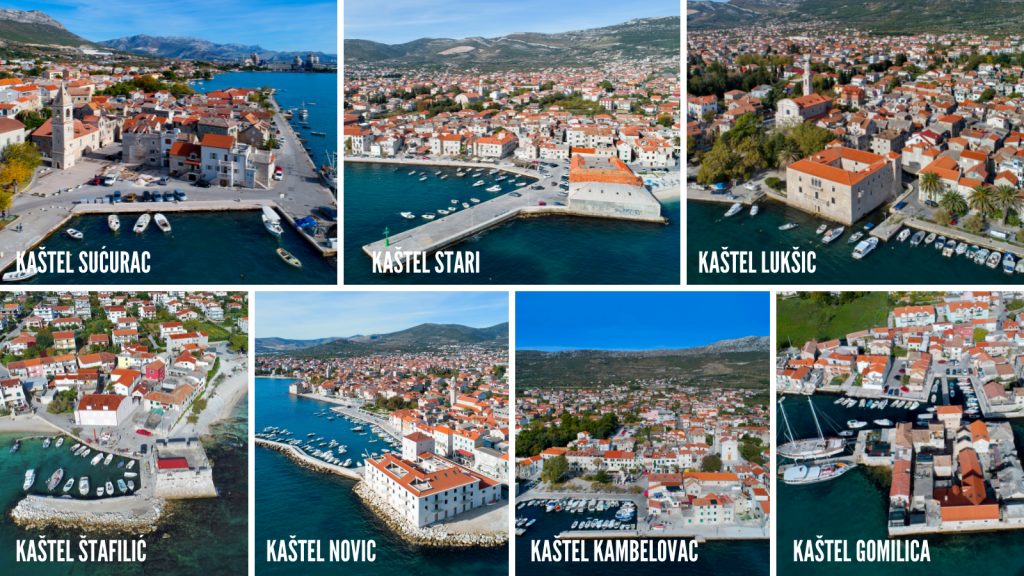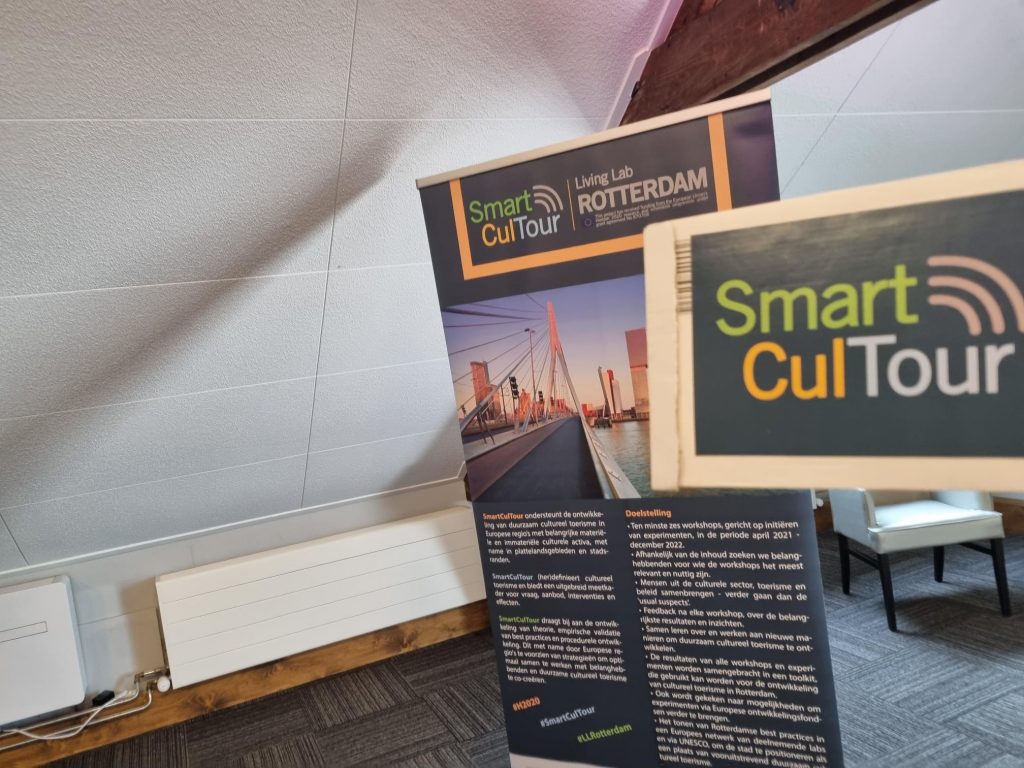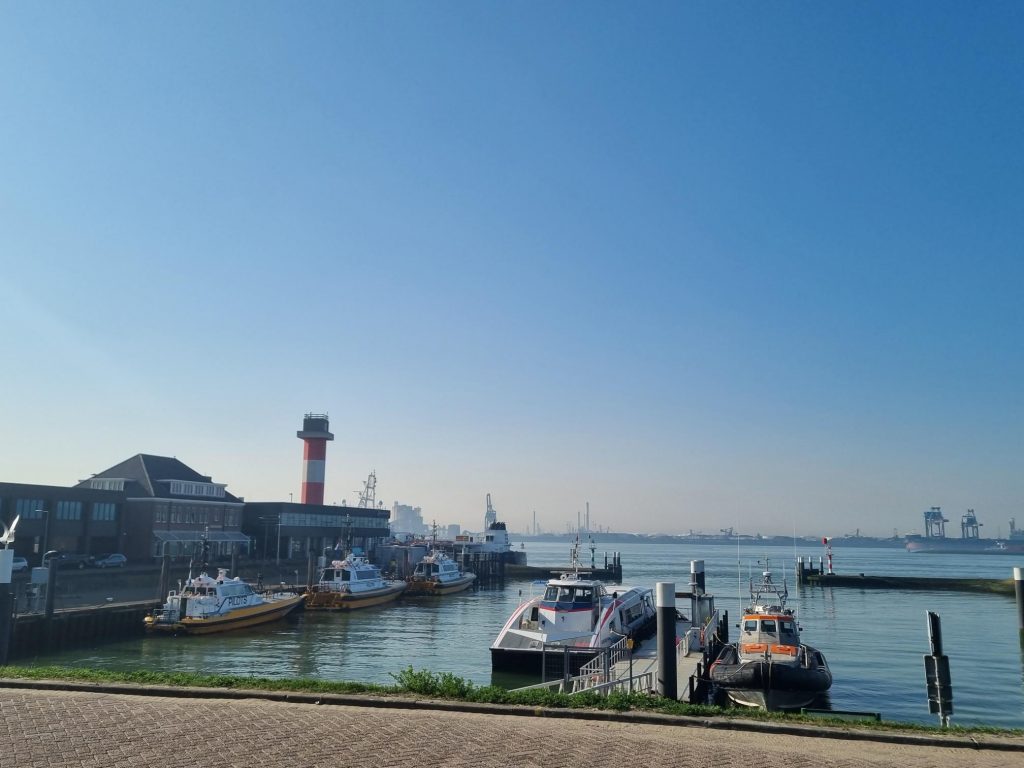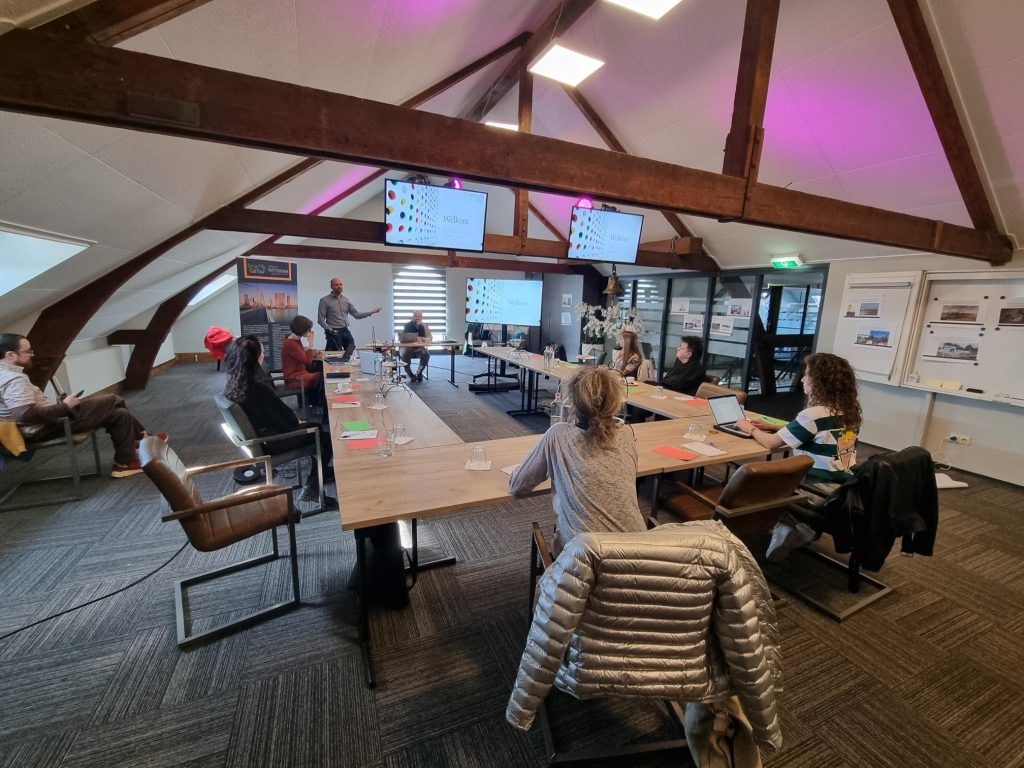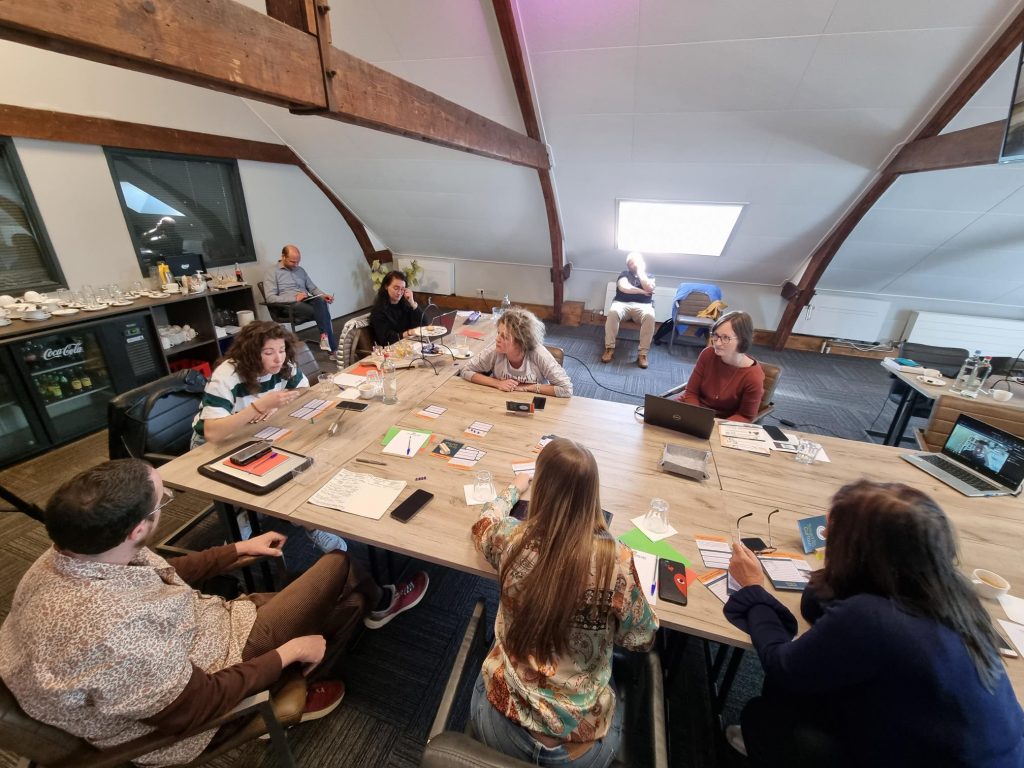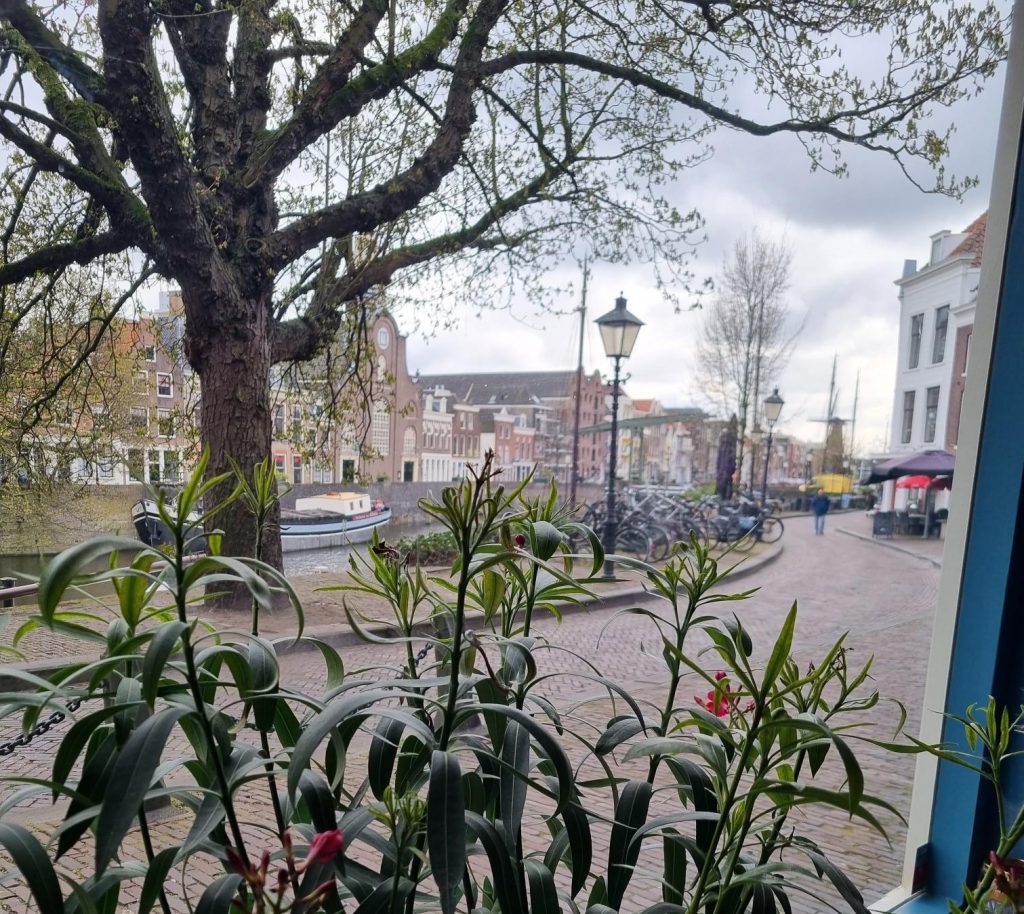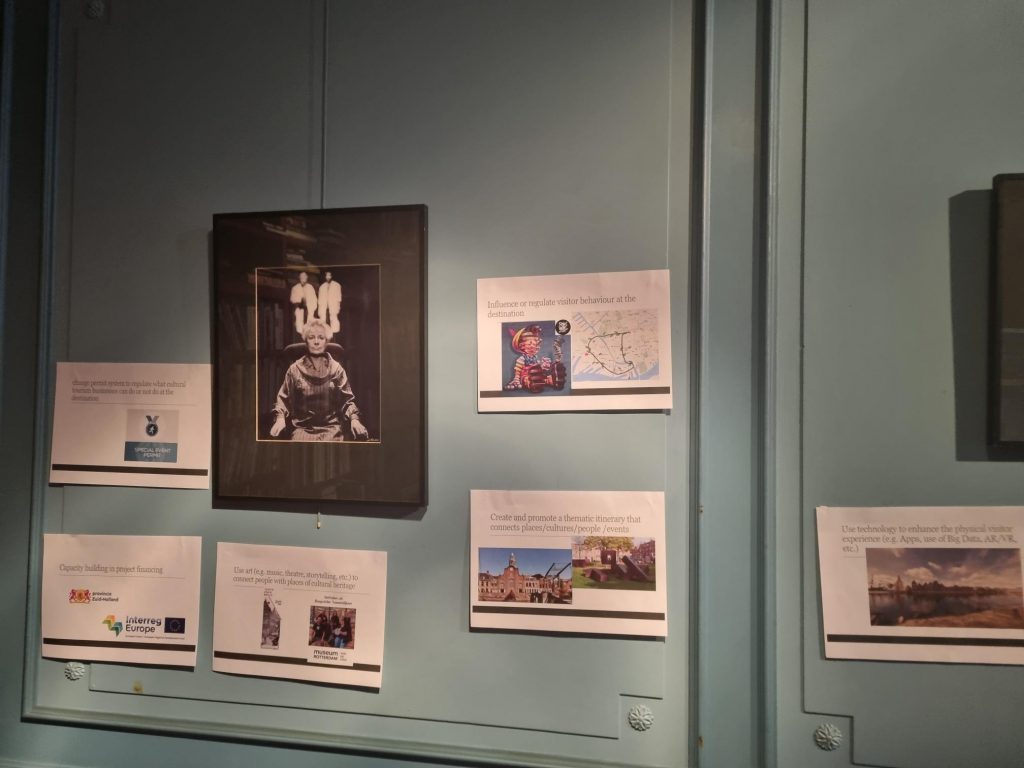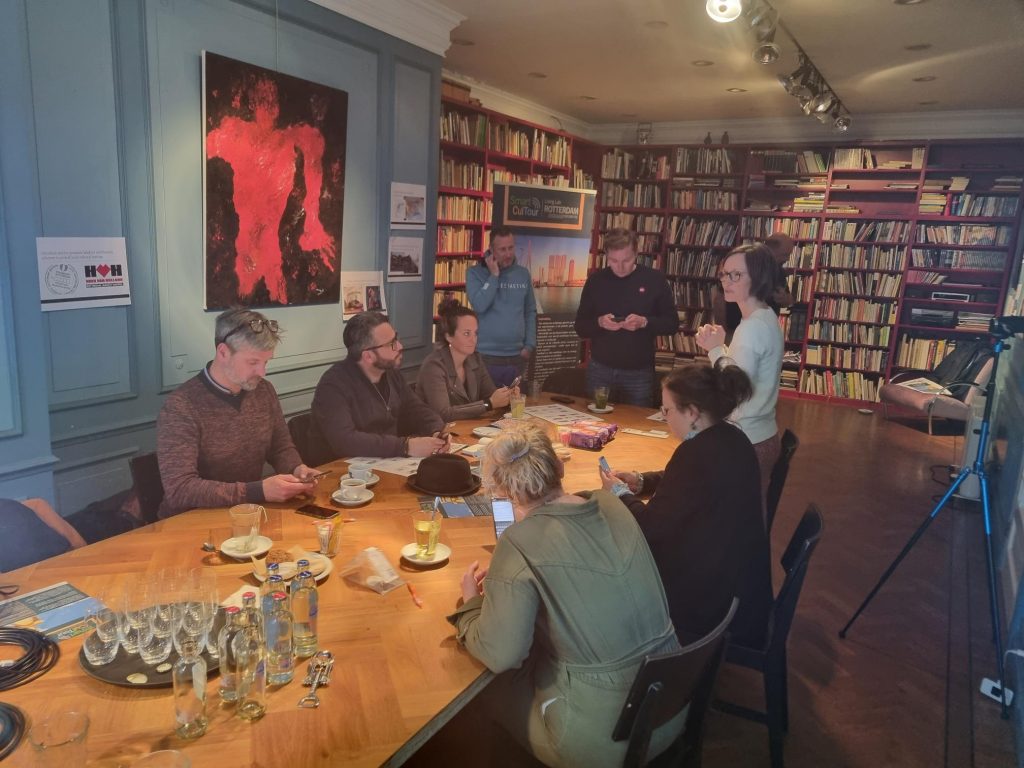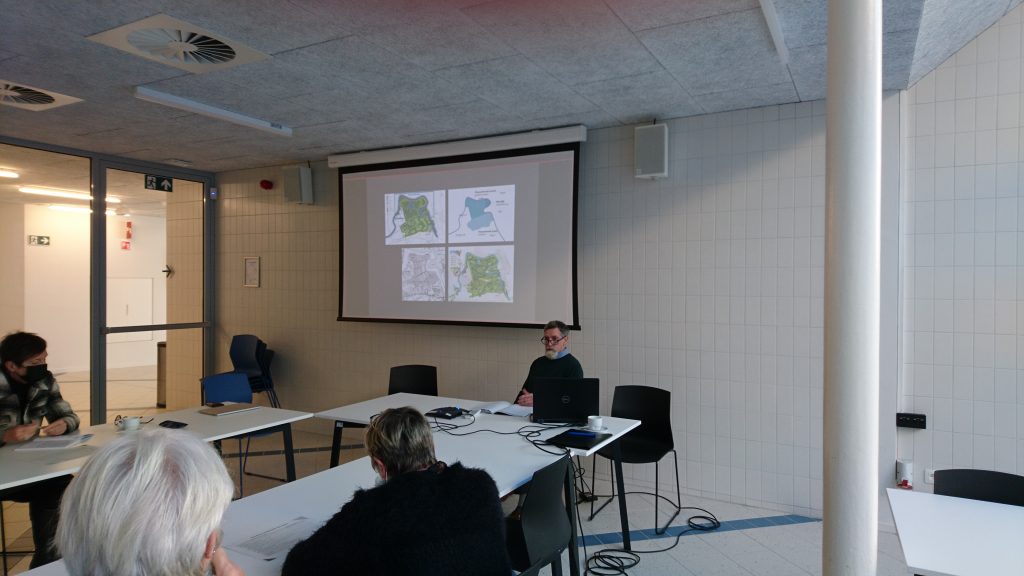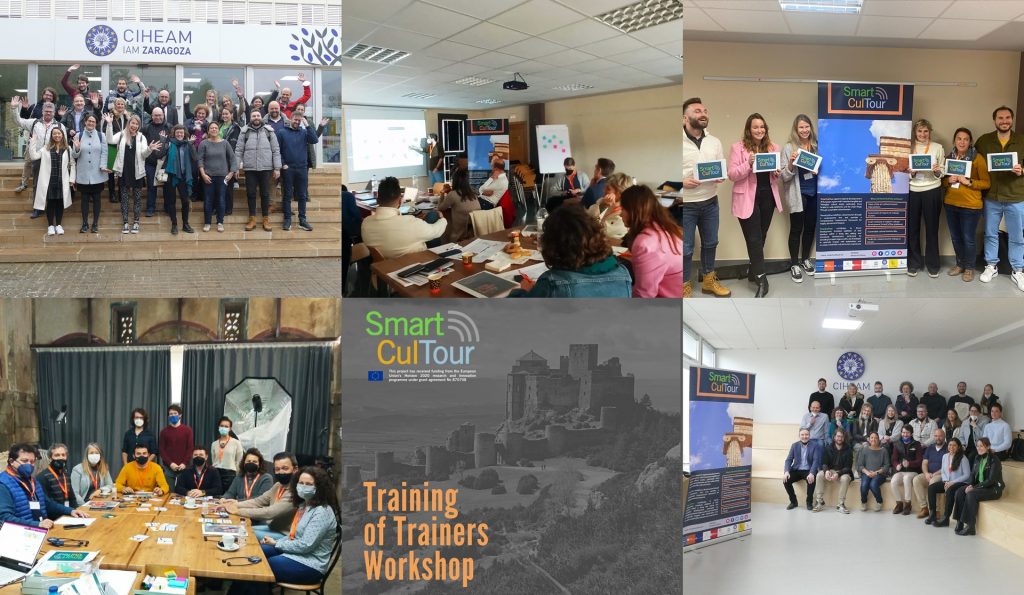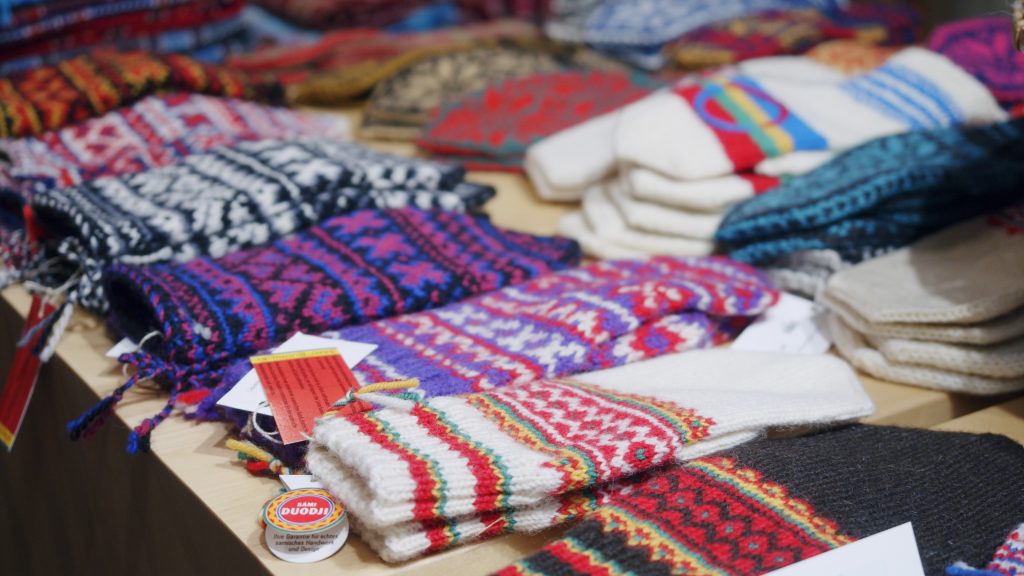New Workshop: Tools and methods for stakeholder engagement and community-supported development of cultural tourism initiatives: The SmartCulTour project
Cultural tourism has sometimes been seen as a sustainable alternative to the mass tourism excesses that became prevalent during the first growth stages of international tourism. However, many internationally renowned cultural sites have also experienced unbalanced and unsustainable growth. At the same time, there are many underexplored and undervalued cultural resources throughout Europe that could (a) help to alleviate pressure on primary cultural attractions and destinations, and (b) support regional (economic) development. In order to activate the potential of regional cultural resources in a sustainable manner, stakeholder engagement – and particularly community-participation – is essential. Within the SmartCulTour-project, financed through the Horizon 2020 research and innovation programme of the European Union, various tools and methods have been developed and tested with the specific view to assist in such stakeholder engagement and support sustainable destination planning and management.
This workshop will be held in Leuven (Belgium) on 2 June 2022, and a team of SmartCulTour experts will present a variety of tools and strategies. The topic and content of the workshop is seen as particularly relevant for regional destination management organizations, strategic planners, and NGO’s in the tourism and cultural sphere who often work on a scale that involves a multitude and variety of actors with varied interests.
The workshop will also be livestreamed via https://lnkd.in/ec2aF4vg using the pin 521018 so that those who aren’t able to travel to Leuven, can also take part in the meeting.
Agenda:
8:30-9:30 Coffee and Participant Registration (Location: Zaal Couvreur, AGOR M01.E50)
9:30-11:00 Session 1 : Methods and procedures to support cultural tourism development (Location: SW 02.05)
9:30-9:45 Introduction to the SmartCulTour project (Bart Neuts, KU Leuven)
9:45-10:00 Design process crafting and the double-diamond design model (Bert Smit, Breda University of Applied Sciences)
10:00-10:30 Understanding destination characteristics and visitor motivations through decision-support systems: The SmartCulTour Platform (Dario Bertocchi, UNIVE)
10:30-11:00 Systems mapping and visitor flow mapping (Bert Smit, Breda University of Applied Sciences)
11:00-11:30 Coffee break (Location: Zaal Couvreur, AGOR M01.E50)
11:30-13:00 Session 2: Methods and procedures to support cultural tourism development (Location: SW 02.05)
11:30-12:00 Serious games to support stakeholder interaction: The SmartCulTour Game (Jessika Weber, Breda University of Applied Sciences)
12:00-12:30 Dynamic House of Quality to rationalize decision making (Simone Moretti, Breda University of Applied Sciences)
12:30-13:00 Destination Design Roadmapping (Bart Neuts, KU Leuven)
You can read all the details here: Workshop
Map of central Leuven and workshop locations
Route from Railway Station to Social Sciences Campus (Parkstraat 45, 3000 Leuven)
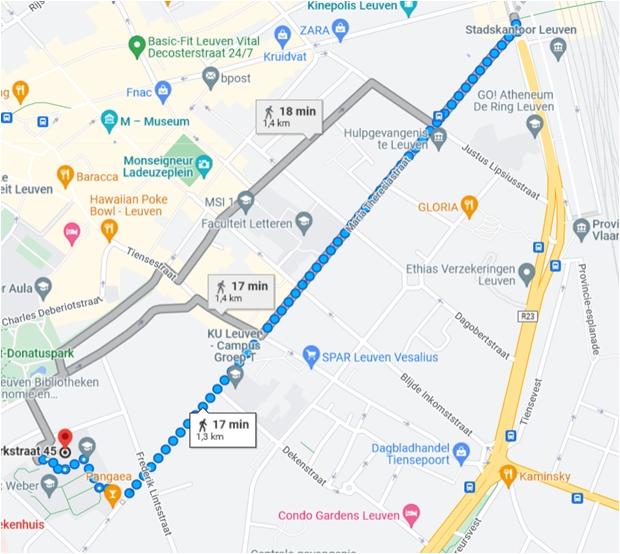
Auditoria locations on Social Sciences Campus (Parkstraat 45, 3000 Leuven)
